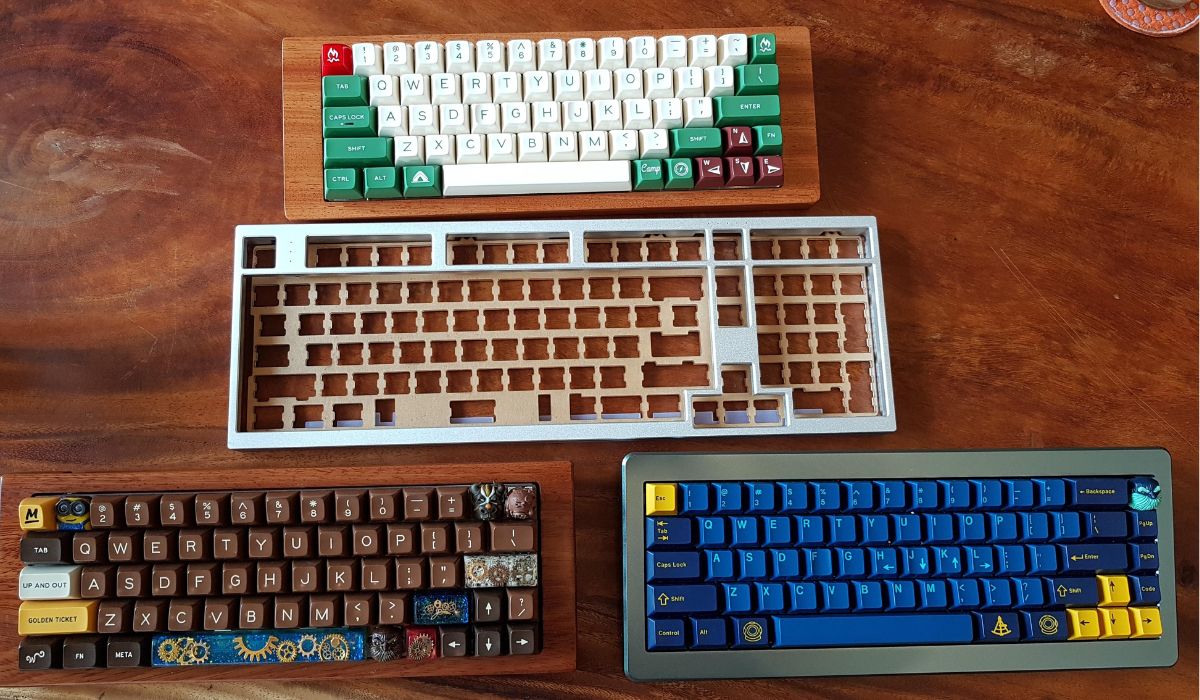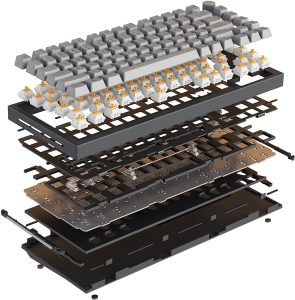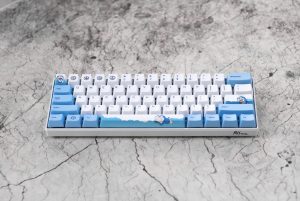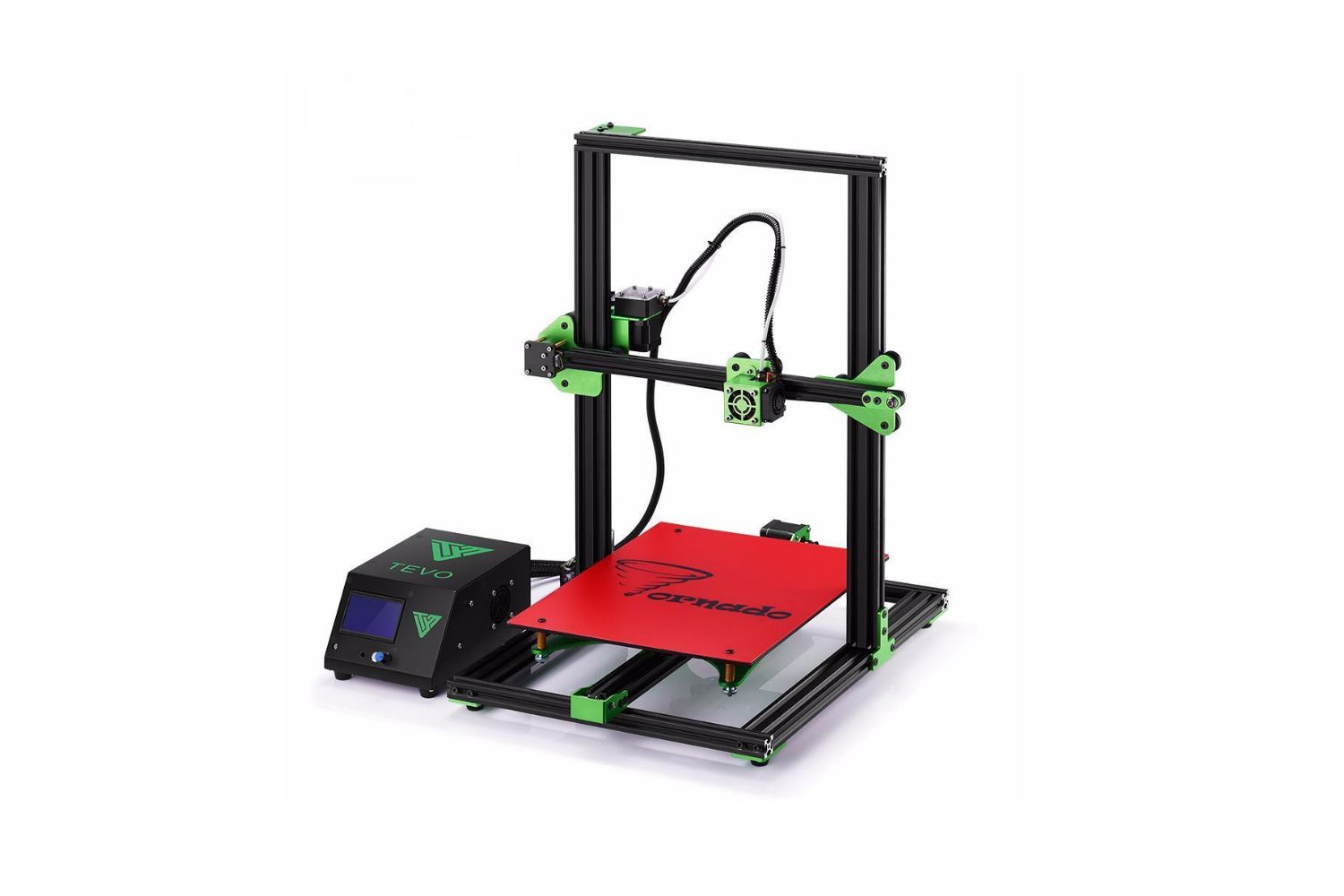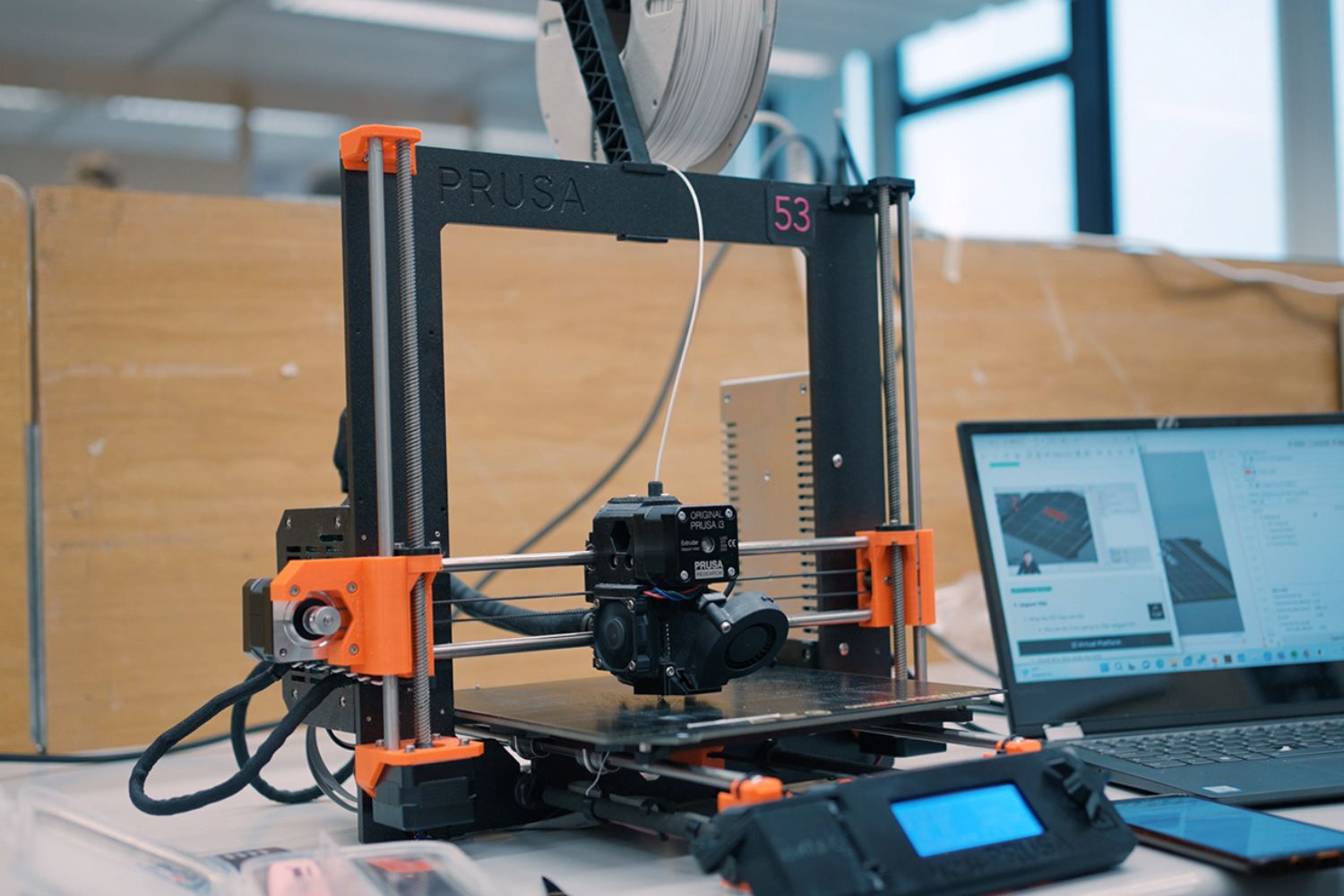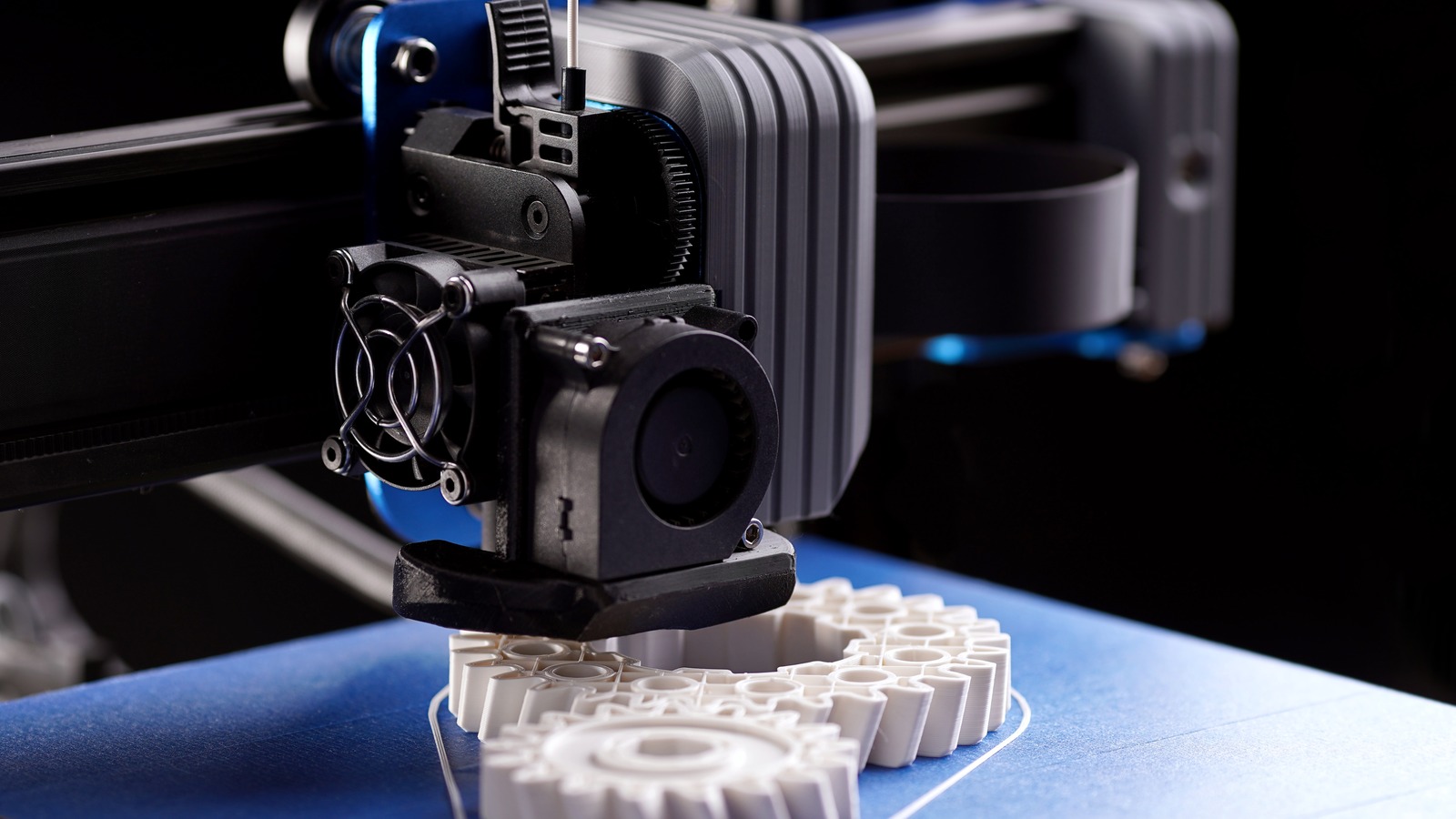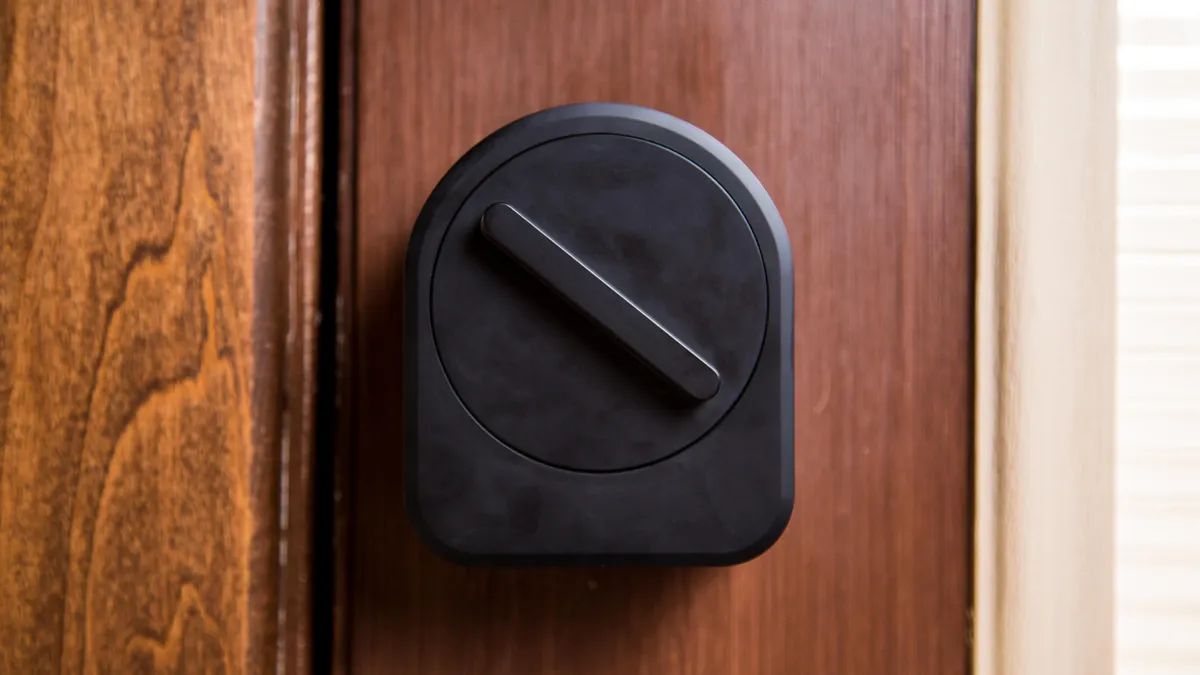Introduction
When it comes to customizing a mechanical keyboard, enthusiasts often find themselves faced with a plethora of options to choose from. From the type of key switches to the material of the keyboard plate, every decision can significantly impact the typing experience. Among these considerations, the choice of switch for a brass plate mechanical keyboard stands out as a crucial decision that directly influences the overall feel and performance of the keyboard.
The switch, which is the mechanism beneath each keycap that registers a keystroke, plays a pivotal role in determining the tactile feedback, actuation force, and sound of the keyboard. When paired with a brass plate, the characteristics of the switch are further accentuated, making the selection process even more critical. Understanding the nuances of different switches and their compatibility with brass plates is essential for creating a personalized and satisfying typing experience.
In this guide, we will delve into the intricate world of brass plate mechanical keyboards and explore the various types of switches that complement this specific keyboard configuration. By examining the unique attributes of brass plates and the factors to consider when selecting switches, you will gain valuable insights to inform your decision-making process. Whether you are a seasoned keyboard enthusiast or a newcomer to the mechanical keyboard realm, this guide aims to provide comprehensive knowledge to aid you in making an informed choice for your brass plate mechanical keyboard.
What is a Brass Plate?
A brass plate is a key component in the construction of mechanical keyboards, serving as the mounting surface for the switches and providing structural support to the keycaps. Crafted from solid brass, this plate is renowned for its durability, rigidity, and unique acoustic properties, making it a popular choice among keyboard enthusiasts seeking a distinctive typing experience.
Unlike traditional plastic or aluminum plates, brass plates offer a distinct tactile feedback and acoustic signature, influencing the overall feel and sound of the keyboard. The inherent density of brass contributes to a more solid and substantial typing sensation, often described as crisp and satisfying. Furthermore, the acoustic characteristics of brass result in a deeper, more resonant sound profile when the keys are actuated, adding an auditory dimension to the typing experience.
Brass plates also exhibit excellent corrosion resistance, ensuring long-term reliability and aesthetics. The luxurious aesthetic appeal of brass, with its warm golden hue, adds a touch of elegance to the keyboard, making it a visually striking addition to any setup.
Moreover, the weight and stiffness of brass plates contribute to minimizing keyboard flex, enhancing stability during intense typing sessions or gaming activities. This structural integrity not only elevates the overall typing feel but also provides a robust platform for custom keycap designs and modifications.
Overall, the brass plate serves as a cornerstone of the mechanical keyboard, influencing not only the physical attributes of the keyboard but also the tactile, auditory, and visual aspects of the typing experience. Its unique properties make it an appealing choice for enthusiasts seeking a premium and customizable keyboard setup.
Why Choose a Brass Plate for Your Mechanical Keyboard?
Opting for a brass plate in your mechanical keyboard configuration offers a myriad of advantages that cater to both aesthetics and performance. The decision to integrate a brass plate into your keyboard setup is driven by several compelling reasons, each contributing to an enhanced typing experience and visual appeal.
- Exceptional Durability: Brass plates are renowned for their robustness and longevity, providing a solid foundation for the switches and keycaps. The inherent strength of brass ensures that the keyboard maintains its structural integrity even under heavy daily usage, making it a reliable and long-lasting investment.
- Distinctive Tactile Feedback: The density and rigidity of brass plates contribute to a unique tactile sensation during typing, characterized by a satisfying and pronounced keystroke feel. This tactile feedback enhances the overall typing experience, allowing users to appreciate the responsiveness and solidity of each keystroke.
- Rich Acoustic Profile: Brass plates impart a deep and resonant sound signature to the keyboard, elevating the auditory experience of typing. The distinct acoustics produced by brass plates add an immersive and satisfying element to the actuation of keys, enhancing the overall sensory engagement during typing sessions.
- Luxurious Aesthetic Appeal: The warm, golden hue of brass exudes a sense of luxury and sophistication, elevating the visual aesthetics of the keyboard. The lustrous finish of brass plates adds a touch of elegance to the overall design, making it a visually captivating and premium addition to any desktop setup.
- Enhanced Stability: The weight and stiffness of brass plates contribute to minimizing keyboard flex, providing a stable and sturdy platform for typing. This enhanced stability is particularly beneficial for users who engage in prolonged typing or gaming sessions, ensuring a consistent and reliable typing experience.
By selecting a brass plate for your mechanical keyboard, you are not only embracing a durable and high-performance keyboard component but also infusing your typing experience with unique tactile and auditory attributes. The combination of exceptional durability, distinctive tactile feedback, rich acoustics, luxurious aesthetics, and enhanced stability makes the brass plate an enticing choice for enthusiasts seeking a premium and personalized typing experience.
Types of Switches for Brass Plate Keyboards
When selecting switches for a brass plate mechanical keyboard, it is essential to consider the characteristics of the switches and their compatibility with the unique properties of the brass plate. The choice of switch significantly influences the typing feel, actuation force, and sound profile of the keyboard, thereby shaping the overall user experience. Several types of switches are well-suited for brass plate keyboards, each offering distinct attributes that cater to different preferences and typing styles.
- Clicky Switches: Clicky switches, such as the Cherry MX Blue or Razer Green switches, are characterized by an audible click sound and tactile feedback when the actuation point is reached. When paired with a brass plate, the clicky switches produce a pronounced and satisfying typing experience, accentuating the tactile and auditory feedback of the keyboard.
- Tactile Switches: Tactile switches, including the Cherry MX Brown and Zealios switches, provide a noticeable bump in the keystroke without producing an audible click. The tactile feedback of these switches, combined with the rigidity of the brass plate, results in a discernible and responsive typing experience, ideal for users who prefer a balanced tactile sensation.
- Linear Switches: Linear switches, such as the Cherry MX Red or Gateron Yellow switches, offer a smooth and consistent keystroke without tactile feedback or audible clicks. When utilized with a brass plate, linear switches deliver a fluid and uninterrupted typing experience, emphasizing the consistent actuation force and minimal resistance of the switches.
- Silent Switches: Silent switches, such as the Cherry MX Silent Red or Gateron Silent Brown switches, are designed to minimize the sound produced during key actuation. When combined with a brass plate, silent switches maintain their noise-reducing properties while benefiting from the enhanced stability and acoustic characteristics of the brass plate, resulting in a quiet and stable typing experience.
Each type of switch offers a distinct typing feel and sound profile, and its compatibility with a brass plate can further accentuate these attributes, influencing the overall typing experience. By carefully considering the characteristics of clicky, tactile, linear, and silent switches in the context of a brass plate keyboard, users can tailor their keyboard configuration to align with their preferred typing sensation and auditory feedback.
Factors to Consider When Choosing Switches for Brass Plate Keyboards
When evaluating the suitability of switches for brass plate keyboards, several key factors come into play, each influencing the typing experience and overall satisfaction with the keyboard configuration. By carefully considering these factors, users can make informed decisions that align with their preferences and typing requirements, ensuring a personalized and enjoyable typing experience.
- Tactile Preference: Understanding one’s tactile preference is crucial when selecting switches for a brass plate keyboard. Users who appreciate a pronounced tactile bump may favor clicky or tactile switches, while those who prefer a smooth and uninterrupted keystroke may lean towards linear switches. Considering the tactile feedback that complements the rigidity of the brass plate can enhance the overall typing feel.
- Acoustic Profile: The sound produced by the switches, particularly when paired with a brass plate, significantly impacts the auditory experience of typing. Users who enjoy the audible click of clicky switches or the subtle thud of tactile switches may find their preferred sound profile accentuated by the acoustic properties of the brass plate, adding an immersive dimension to the typing experience.
- Actuation Force: The actuation force required to register a keystroke varies among different switches. Considering the actuation force in conjunction with the stiffness of the brass plate can help users determine the level of resistance and responsiveness that best suits their typing style, ensuring a comfortable and efficient typing experience.
- Stability and Flex: The stability provided by the brass plate can influence the overall typing stability and minimize keyboard flex. Users who prioritize a solid and robust typing platform may find that the weight and rigidity of the brass plate complement the switches, resulting in a stable and consistent typing experience, particularly during intense typing or gaming sessions.
- Personal Preference: Ultimately, personal preference plays a significant role in the selection of switches for brass plate keyboards. By considering individual typing habits, preferences for tactile feedback, sound preferences, and desired actuation force, users can tailor their switch selection to create a personalized and satisfying typing experience that resonates with their unique preferences.
By carefully evaluating these factors, users can navigate the diverse landscape of switches and make informed decisions that optimize the compatibility of switches with brass plate keyboards, resulting in a customized and gratifying typing experience that aligns with their individual preferences and requirements.
Conclusion
Choosing the right switch for a brass plate mechanical keyboard is a nuanced and personalized process that involves considering a multitude of factors, from tactile preferences to acoustic profiles and actuation forces. The distinctive properties of brass plates, including their durability, tactile feedback, acoustic characteristics, and stability, underscore the significance of selecting compatible switches that complement and enhance these attributes.
By exploring the various types of switches suitable for brass plate keyboards, including clicky, tactile, linear, and silent switches, users can discern the unique typing feel and sound profiles offered by each switch type, aligning them with their individual preferences and typing styles. The compatibility of switches with brass plates extends beyond mere functionality, contributing to a holistic and immersive typing experience that resonates with users on a sensory and tactile level.
Ultimately, the selection of switches for brass plate keyboards is a deeply personal endeavor, guided by individual preferences, typing habits, and desired sensory engagement. Whether users prioritize the audible click of clicky switches, the subtle tactile feedback of tactile switches, the smooth keystrokes of linear switches, or the noise reduction of silent switches, the interplay between switches and brass plates allows for a tailored and gratifying typing experience.
As the realm of mechanical keyboards continues to evolve, the synergy between switches and brass plates exemplifies the art of customization and personalization, empowering users to craft keyboard configurations that reflect their unique preferences and elevate their typing experiences. The interplay of switches and brass plates transcends mere functionality, offering a symphony of tactile, auditory, and visual elements that converge to create a truly immersive and satisfying typing experience.
In the pursuit of a personalized and exceptional typing experience, the harmonious integration of switches and brass plates stands as a testament to the artistry and craftsmanship inherent in the world of mechanical keyboards, inviting enthusiasts to embark on a journey of discovery and customization that culminates in a keyboard configuration that is as unique as the individuals who use them.







